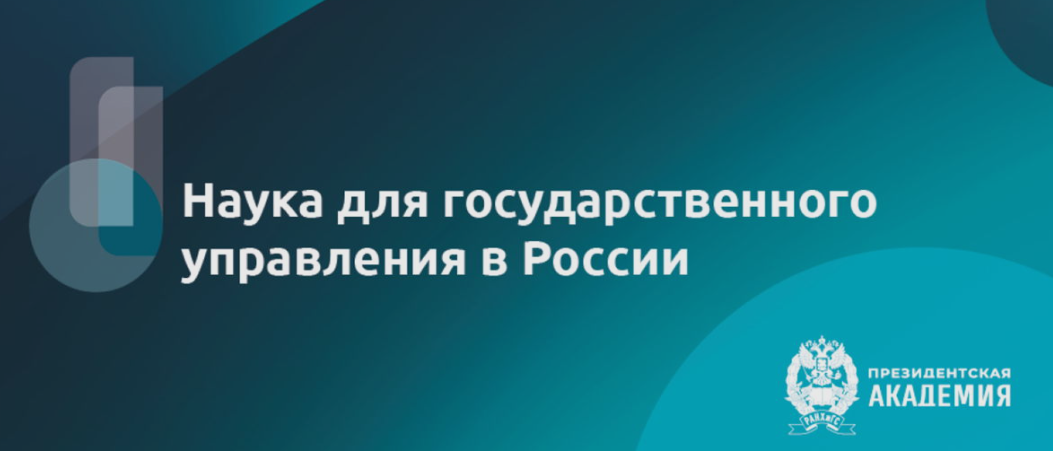Author's column
Focus of the problem
Priorities for development of science and technologies
In recent years, there has been a significant deterioration in the quality of Russian grain and a reduction in the production of food wheat. In the structure of the crop in 2016, food wheat was 28%, the remaining 78% was the fourth and fifth grade wheat, used for the production of forage grains. Five years ago, the ratio of food wheat and wheat of the fourth and fifth grades was 1: 1. The article considers four main groups of technological barriers affecting the development of the domestic grain industry. The patent – conjunctural analysis of each direction was carried out, the key laws of its development, and the availability of a raw and infrastructural base for its development, scientific and technical rewards for the further development of the industry were allocated. The conclusion about the need for an integrated approach to the development of all areas in general was done. It is shown that the development of related technologies in the grain industry, such as precision farming, can not significantly improve the efficiency of the industry in the absence of strong basic technologies such as grain selection and seed conservation, fertilizer production and soil quality improvement, production of chemical plant protection products, storage of grain.
Economics of intellectual property
The analysis of the portfolio of patent documents that do not have a Russian priority, issued to the citizens of the Russian Federation in foreign patent offices, was made. It is shown that, despite the provisions of the Civil and Administrative code of the Russian Federation and the Criminal code of the Russian Federation, the Russian inventors often obtain patents in foreign countries, bypassing the stage of filing of the application with the Russian patent office. Cross-country comparisons of the number of patent applications of residents of other States who have not received the priority of the respective country were made. It is shown that for US residents, for example, the share of such applications does not exceed 7%, while for residents of the Russian Federation accounts for almost 42%. The reasons that lead to an increase in the number of applications of Russian inventors that do not have priority of the Russian Federation and belong to foreign companies were studied. The main reason is the lack of interest from companies of the industrial sector of the Russian Federation for the advanced development.
Using the example of evolution of the genome editing technology, the phenomenon of fixing the rights to industrially applicable of the results of intellectual activity at the stage of fundamental research have been studied. Attention is drawn to the fact that the struggle for high added value of not yet created market high-tech product does take place not between industrial companies, but between centers of excellence (universities, research centers and start-ups). The case reviewed in the article makes it possible to cast doubt on the validity of the thesis that modern science exists outside national borders, having become a global network structure that carries out research by the forces of the world scientific community. It is concluded that the transition from an industrial economy to a postindustrial knowledge economy led to the transformation of the spatial cross-border organization of science and the model of interaction between scientists within the framework of open interdisciplinary research projects. This transformation is associated with the leading role of the business sector, supporting basic research, the results of which have obvious commercial projection.
Trends in the development of the global science
The growth rates of the market for high-tech goods and services based on deep learning technologies are estimated. Key investors and beneficiaries in the development of deep learning technologies were identified. The patent activity in the world is analyzed and the place of Russia in the patent landscape in the field of deep learning is determined. It is shown that most of the patent documents are concentrated in the portfolios of major US corporations, which are headed by Microsoft, IBM, Google, Yahoo. Among the leaders of the rating of patent holders are also the corporations of Japan and the Republic of Korea. High rates of growth of patent activity in China are noted. The prospects of the development of artificial intelligence technologies and deep learning in Russia are estimated. Special attention is paid to the fact that most of the research and development in this area is carried out in public research institutes and universities, while in the countries – technological leaders the driver of development of the direction is the business sector.
Actual normative document
International rankings
ISSN 2949-4680 (Online)


































